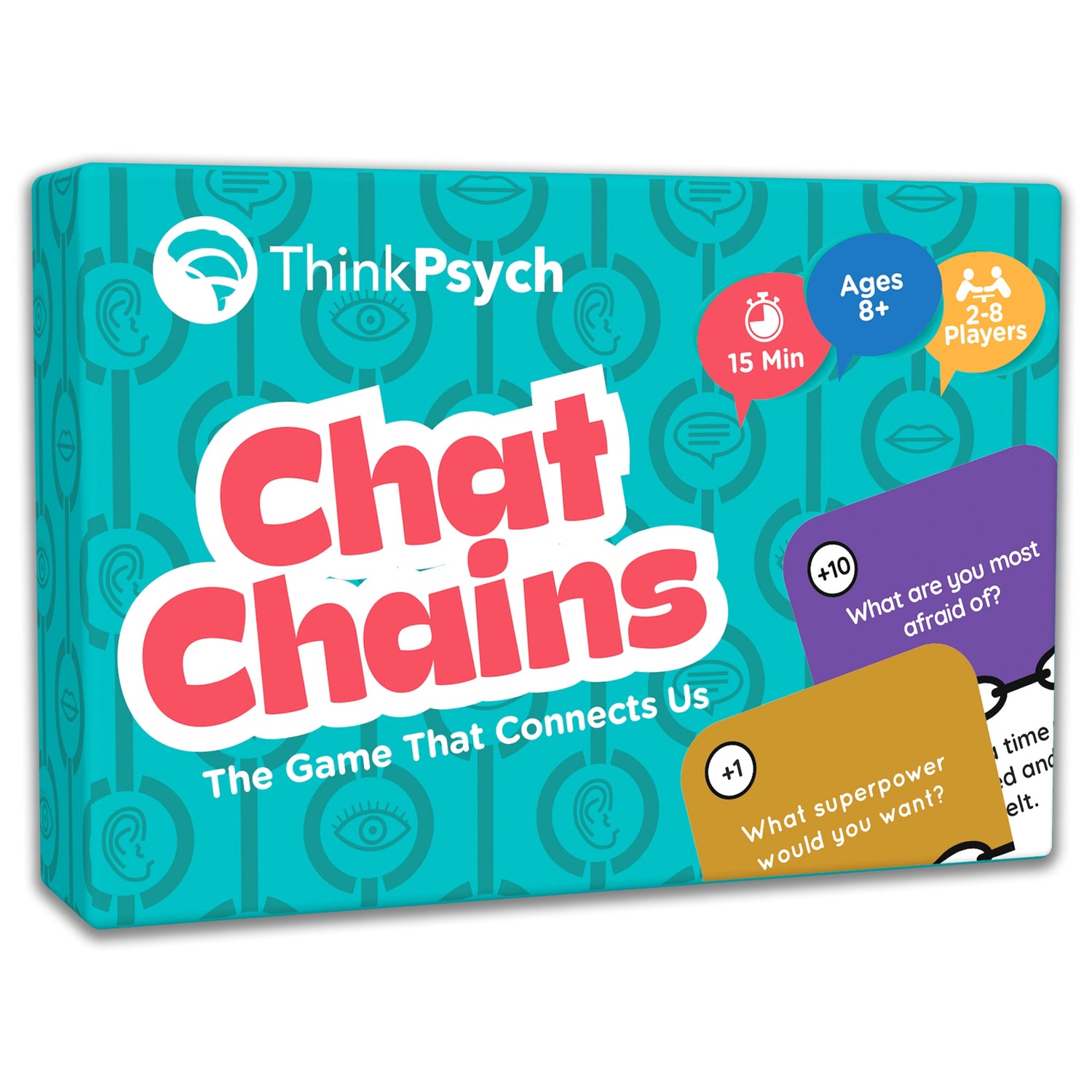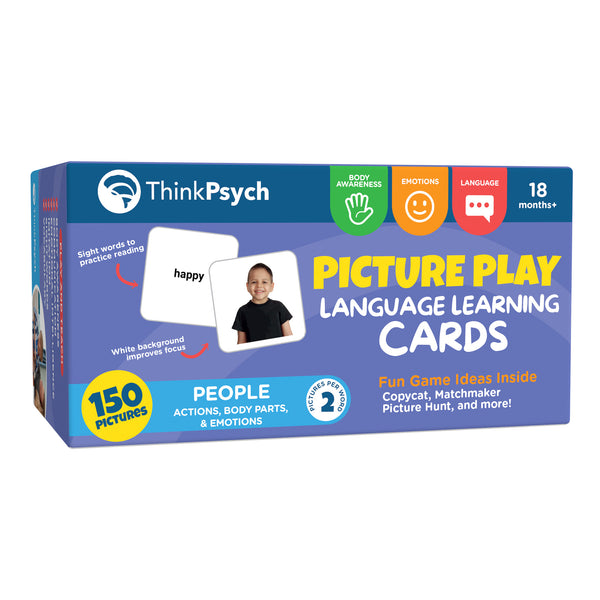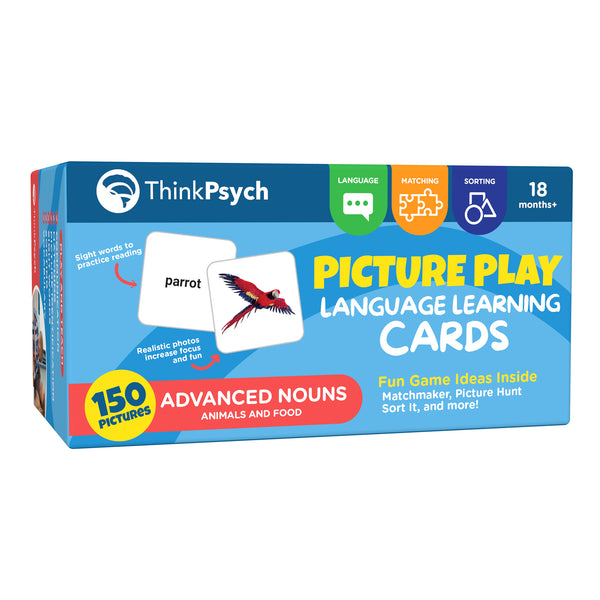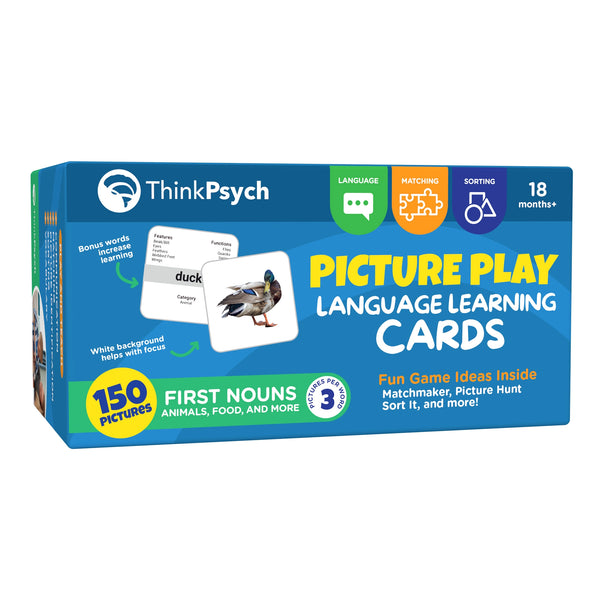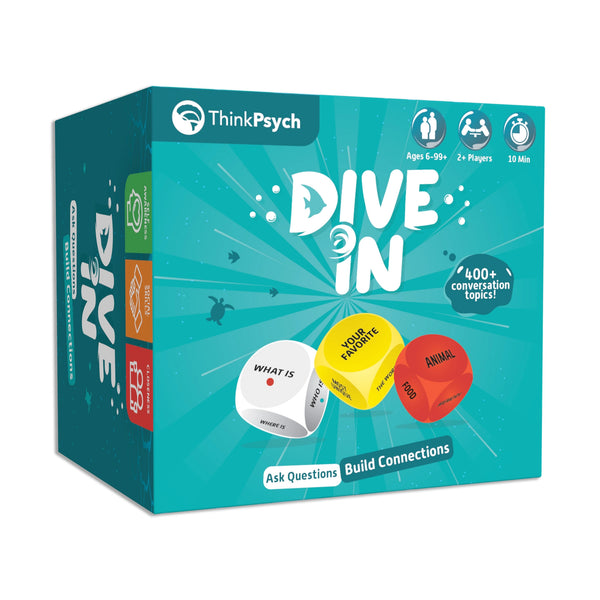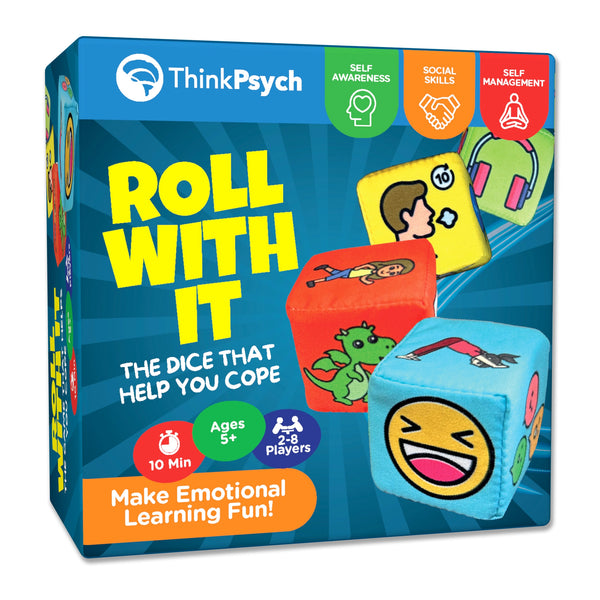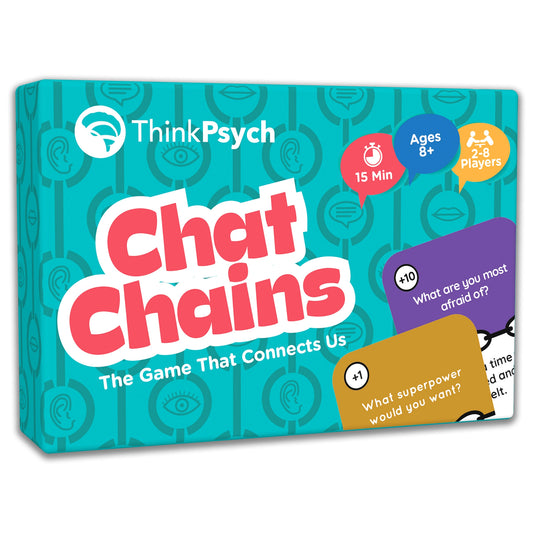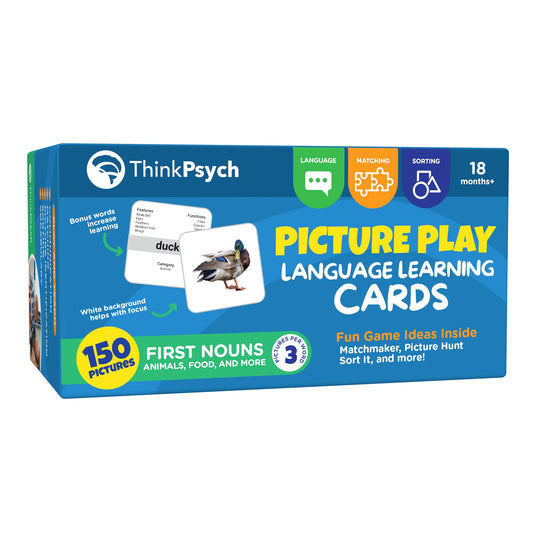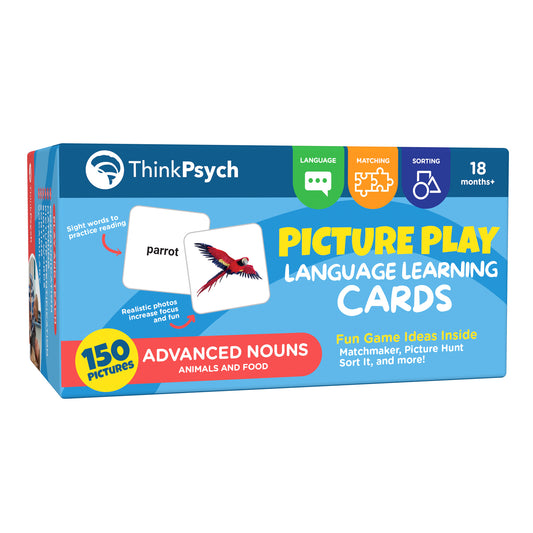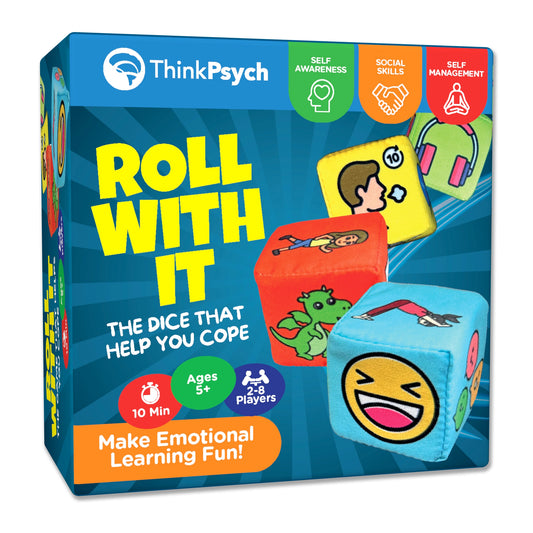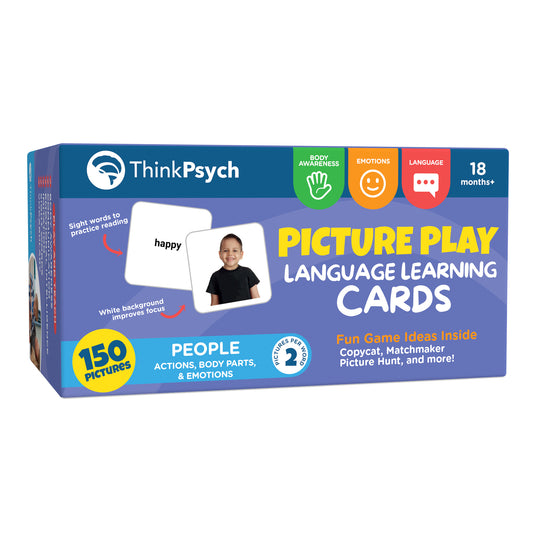
Research Update: Comprehensive ABA is More Effective for Language Development
Share
Study Title: Randomized Controlled Trial Evaluation of ABA Content on IQ Gains in Children with Autism
Full Citation:
Dixon, M.R., Paliliunas, D., Barron, B.F., Schmick, A.M., and Stanley, C.R. (2019). Randomized Controlled Trial Evaluation of ABA Content on IQ Gains in Children with Autism. Journal of Behavioral Education. https://doi.org/10.1007/s10864-019-09344-7
Link: https://link.springer.com/article/10.1007%2Fs10864-019-09344-7
Introduction (What is this study about?):
Communication deficits are common among individuals with Autism Spectrum Disorder. Applied Behavior Analysis (ABA) has been utilized for at least 4 decades to help improve communication among individuals with Autism. Language instruction in ABA is typically based on the principles of verbal behavior instruction first articulated by B.F. Skinner in 1957. These strategies have been shown in prior research to lead to significant improvements in intelligence, as defined by intelligence quotient (IQ) gains. For example, a famous study conducted by Lovaas (1987) demonstrated that 47% of individuals who received ABA attained an IQ in the normal range compared to only 2% of individuals in the control group (who did not receive ABA).
In recent years, the Relational Frame Theory (RFT) has been developed to better understand the features of language that were not well explained through Skinner’s model of verbal behavior. The primary difference between traditional ABA based on Skinner’s verbal behavior and that based on RFT is the emphasis on “untaught” skills. These untaught skills are learned through “relations” between words. For example, if you learn that a car is larger than a bicycle, and a plane is larger than a car, you may learn that a plane is larger than a bicycle without being specifically taught. In interventions based on RFT, the goal is to develop untaught skills or derived relational responding (DRR). One ABA curriculum that utilizes both traditional verbal behavior therapy techniques and those derived from RFT is the PEAK Relational Training System.
Method (What did the study authors do?):
Participants were 28 children (24 male), ages 3 through 13 who were either receiving services or wait-listed at a university ABA clinic. 25 participants had a diagnosis of ASD and three had no diagnosis but presented with language delays. Participants were divided into three groups:
Customer Favorites From Our Store
- Traditional ABA intervention (PEAK Modules DT and G)
- Comprehensive ABA intervention (all 4 PEAK Modules, including two modules with RFT based techniques),
- Wait-list control.
Dependent (outcome) variables were the Weschler Intelligence Scale for Children (WISC-V) or the Weschler Preschool and Primary Scale of Intelligence (WPPSI-IV), depending on the child’s age.
The study was conducted over the course of 18 weeks. All pretests were conducted in the first three weeks, followed by a 12 week intervention period. Post-tests were conducted in the final three weeks.
The study design was a randomized controlled trial. This means that participants were randomly assigned to one of three groups. There was also a control group for comparison. This is one of the strongest forms of experimental design for demonstrating the effectiveness of an intervention.
Results (What did the study find?):
- The control (wait-list) group increased their IQ by an average of 2.63 points, while the traditional ABA group increased by an average of 5.33 points and the comprehensive ABA with an average of 12.88 IQ points. Statistical tests demonstrated that there was a significant difference between all three groups (e.g., control vs. traditional ABA, control vs. comprehensive, and traditional vs. comprehensive).
- Effective size analyses indicated that the difference between the traditional ABA and comprehensive ABA group was not only statistically significant but a large effect size (Cohen’s d=1.13). This suggests that the difference between groups is clinically significant.
- The individuals who benefited the most from the interventions were those who began with an IQ score above 60. Those with the lowest possible IQ score at the pre-test (40) benefited somewhat from the comprehensive ABA group, but not at all or very little in the traditional ABA group.
- Individuals in the comprehensive ABA group mastered a similar number of programs (or lessons) overall compared to the traditional ABA group. The difference between groups was not statistically significant on this measure.
Limitations:
- IQ was the primary outcome measure. It is only one of many ways to measure intelligence or progress.
- Sample size of 28 participants is relatively small to generalize findings.
- Study was not double-blinded, so assessors and treatment implementers were aware of which group each participant was in.
Conclusion (What does this mean?):
The results of this study strongly suggest that practitioners of ABA should incorporate elements of relational frame theory (RFT) into their language instruction. The PEAK curriculum appears to be an excellent tool for improving language outcomes for children above and beyond traditional ABA therapy approaches. All students are likely to benefit from RFT-based language instruction, but especially those who have a baseline IQ of 60 or higher.
For more information about PEAK go here: https://peakabasolutions.com/what-is-peak/
